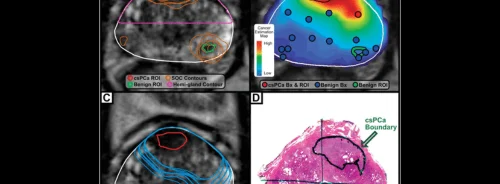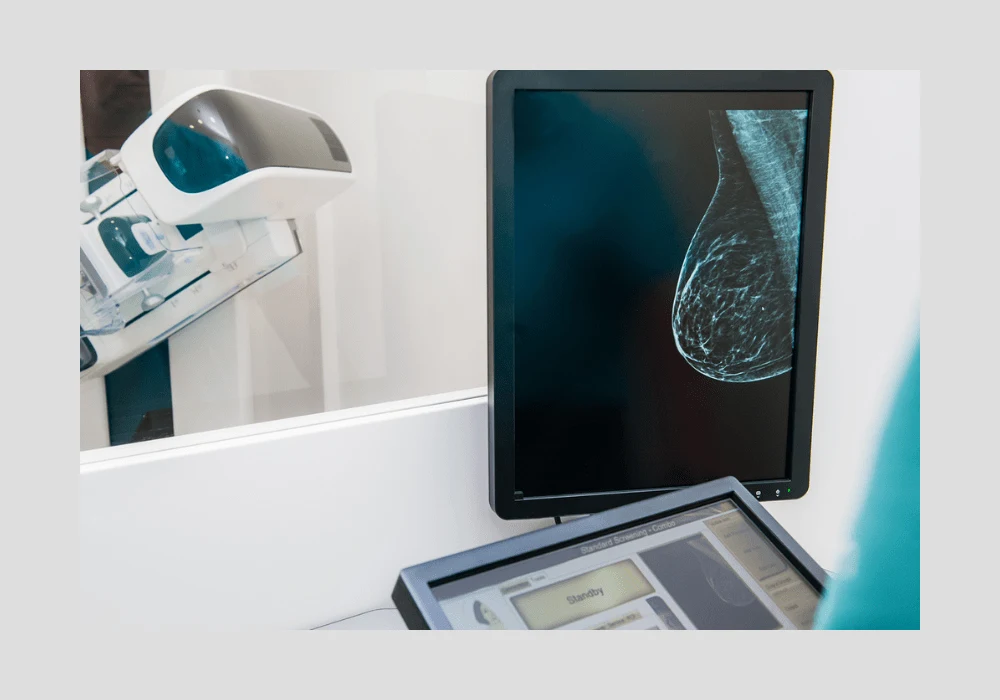Artificial intelligence (AI) is reshaping the landscape of mammography, offering significant advancements in early breast cancer detection and mitigating challenges radiologists face. This technology, integrated into imaging systems from leading providers like Hologic, GE Healthcare, Fujifilm Healthcare, and Siemens Healthineers, marks a pivotal shift in improving patient outcomes and operational efficiencies across healthcare facilities.
Enhanced Early Detection
AI-driven software plays a crucial role in improving the accuracy of mammogram analysis. For patients with dense breast tissue, who face a higher risk of breast cancer but often present challenges in early lesion identification, AI provides invaluable support. By leveraging machine learning algorithms, AI assists radiologists in detecting abnormalities that might otherwise be missed in traditional readings. This capability not only enhances diagnostic accuracy but also facilitates earlier intervention and treatment, ultimately improving patient prognosis.
Hologic’s Genius AI Detection 2.0, renowned for its high sensitivity and specificity, stands out in reducing false positives by over 70% compared to previous systems. Integrated seamlessly into their Dimensions acquisition workstation, this software prioritises high-risk cases for immediate attention, demonstrating a significant leap forward in clinical decision-making support.
Similarly, GE Healthcare’s MyBreastAI Suite and Fujifilm’s Transpara AI offer comprehensive image interpretation and breast density assessment solutions. These platforms streamline radiologists' workflows by automating repetitive tasks and providing critical insights into breast health.
Alleviating Radiologist Burnout
Beyond enhancing diagnostic capabilities, AI addresses the pressing issue of radiologist burnout—a consequence of long hours, high patient volumes, and the mental strain of interpreting complex imaging data. AI serves as a reliable second opinion, aiding radiologists in maintaining high standards of care even under challenging conditions. By detecting subtle anomalies and reducing the likelihood of oversight due to fatigue, AI software not only improves diagnostic accuracy but also enhances overall workflow efficiency.
Siemens Healthineers’ MAMMOMAT B.brilliant, equipped with generative AI, exemplifies this synergy of technology and clinical practice. With its rapid image acquisition capabilities and AI-powered reading platform, Siemens accelerates diagnostic processes while ensuring patient comfort and reducing examination duration.
Market Trends and Future Outlook
The integration of AI into mammography systems is a growing trend among healthcare providers, as evidenced by substantial interest in AI-equipped systems. Providers are increasingly opting for AI software upgrades, recognising the long-term benefits of enhanced diagnostic accuracy and operational efficiencies.
Looking ahead, the evolution of AI in mammography is set to continue, driven by ongoing research and development efforts by leading vendors. Innovations such as Siemens’ MAMMOVISTA B.smart and advancements in AI algorithms promise further improvements in workflow optimisation and diagnostic precision.
AI represents a transformative force in mammography, revolutionising early breast cancer detection and alleviating the burden on radiologists. As technology evolves and data sets expand, AI’s role in healthcare is poised to expand, shaping a future where timely, accurate diagnoses are more accessible than ever before. Through these advancements, AI not only enhances patient care but also reinforces the vital role of technology in advancing medical practice, ensuring better outcomes and quality of life for individuals worldwide.
Source: HealthCare Business
Image Credit: iStock






